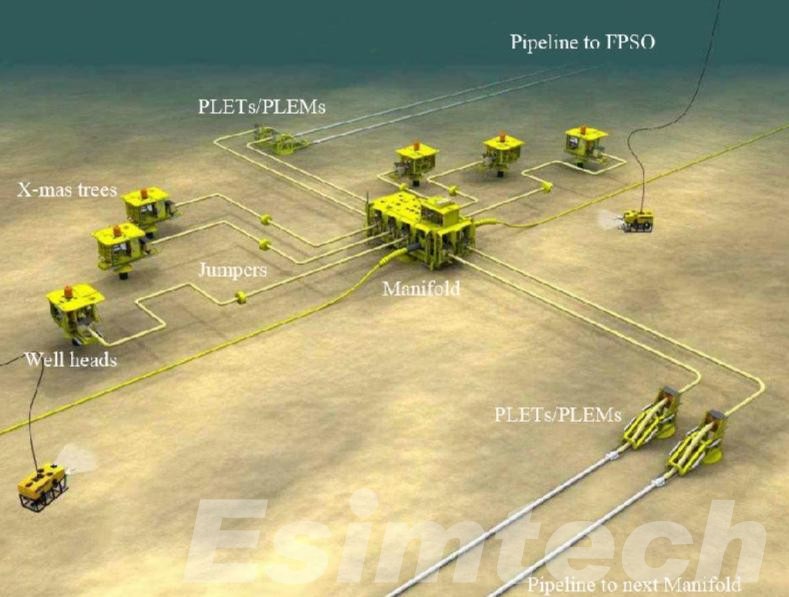At the Arctic Subsea Resource Development Summit, a crowd of experts, engineers, and industry leaders came together to tackle one of the toughest jobs on Earth: working under ice in the polar seas. On the first day, Esimtech stepped into the spotlight with a bold talk about its new subsea production systems, built to handle the Arctic’s worst assaults.

Meeting the Challenges of the Arctic
Building an offshore oil field in the North is no small feat. The mercury can drop past -40°C, wind-whipped ice creeps in overnight, and the precious hours of daylight vanish just when maintenance teams need to scan the gear. Under those pressures, a standard subsea bloody hardware will quickly fail or freeze up.
Esimtech countered this by creating a fully custom package that shields electronics, locks in heat, and stays online even far below unstable ice.
Physical Models & Multimedia Demonstrations
Instead of only slides and numbers, the crew brought working models and crisp video so guests could actually see how the gear moves, seals, and talks to the surface. The hands-on reel made it easier for everyone in the room to picture how the system beats harsh currents, crack pressures, and frigid metal.
The heart of Esimtech's presentation was an eye-catching scale model of its polar underwater network. The model showed risers, manifolds, flowlines, and control modules, all sized and shaped to slide smoothly under thick, shifting sea ice.
Engineering Highlights: Built for Extremes
The first thing engineers notice is the special cryo-rated materials. Every part—from O-ring seals to circuit-board housings—uses advanced alloys and tough plastics tested for Arctic chills, so nothing breaks after months of minus-twenty water.
Ice protection is another must-have, and Esimtech delivers. Instead of a standard cage that can buckle under a drifting sheet or a bent keel, the new layout spreads the force across a beefed-up shell and spaced cross-members, lowering the chances of stress cracks.
Keeping oil and gas flowing millions of feet underwater can still freeze pipes solid, so Esimtech wraps each line in a twin-lock blanket. The blend of lightweight aerogel, insulating foam, and sealed vacuum trap stops hydrates and wax from clogging pumps when sea temperatures drop near the line.
Smart Monitoring: Real-Time Data from the Deep
Thanks to a clever web of sensors, these systems can non-stop check things like temperature, pressure, and flow rate down there. Because of edge computing, the hardware spots odd signs- like leaks, drops in pressure, or pipes starting to freeze- all on its own and immediately rings the alarm for surface crews.
This kind of smart automation shows why Esimtech keeps pushing for safer, faster, and smarter ways to pull resources from the seabed.
Operational Experience in Polar Waters
Esimtech has already begun applying these innovations in real-world Arctic deployments. In their presentation, the company shared results from pilot projects in northern offshore fields, including successful long-duration tests and operations in ice-covered waters.
One case study focused on subsea systems deployed off the northern Norwegian coast. Despite temperatures ranging from -25°C to -35°C and frequent ice floes, the system maintained continuous uptime over a 12-month period with no recorded mechanical failures.
Committed to Sustainable Arctic Development
Interest in the Arctic as a source of natural resources keeps growing, and with it the need for sturdy, eco-friendly subsea technology. Esimtech’s latest talk not only showcased the advanced features of its systems but also strengthened its standing as a company that tailors subsea equipment to future conditions.
Working from a blend of fresh ideas, real-world testing, and solid knowledge of polar engineering, Esimtech is winning respect from governments, operators, and private investors who want to tap Arctic energy in a responsible way.